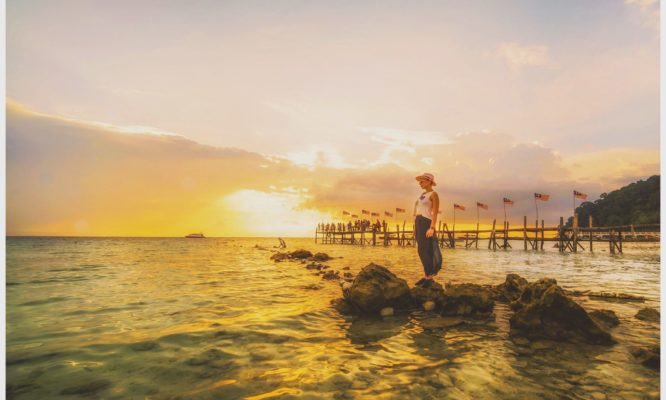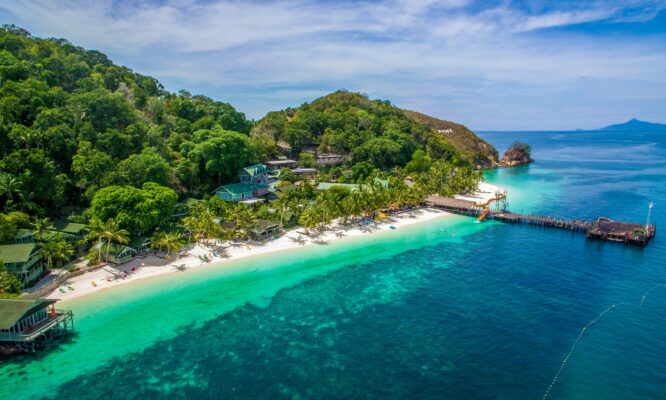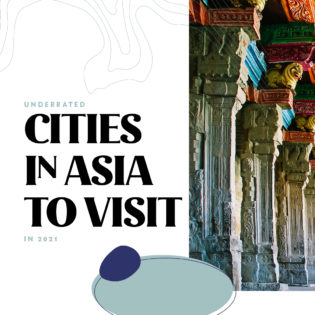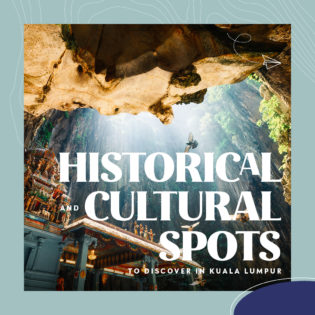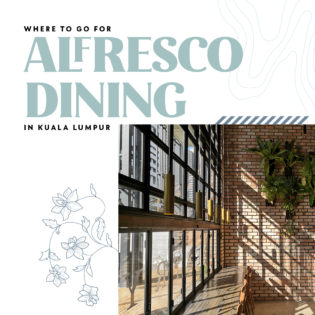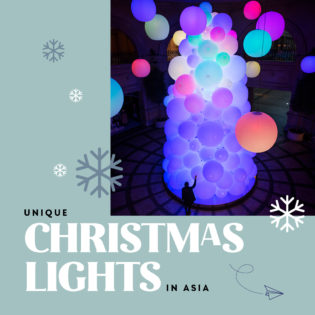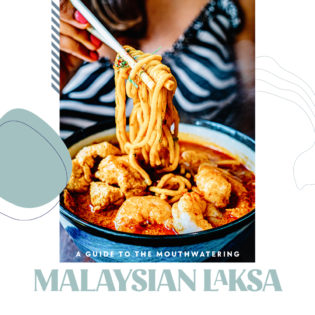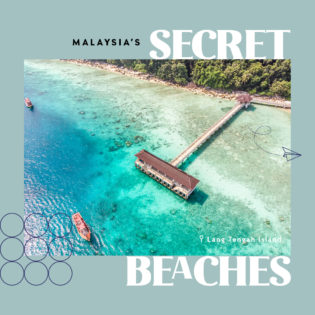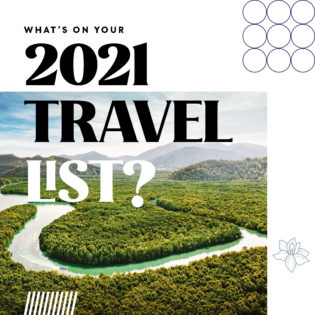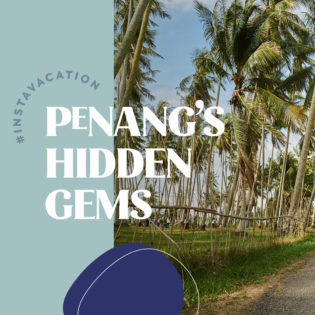The quaint Cambodian coastal town undergoes a revival
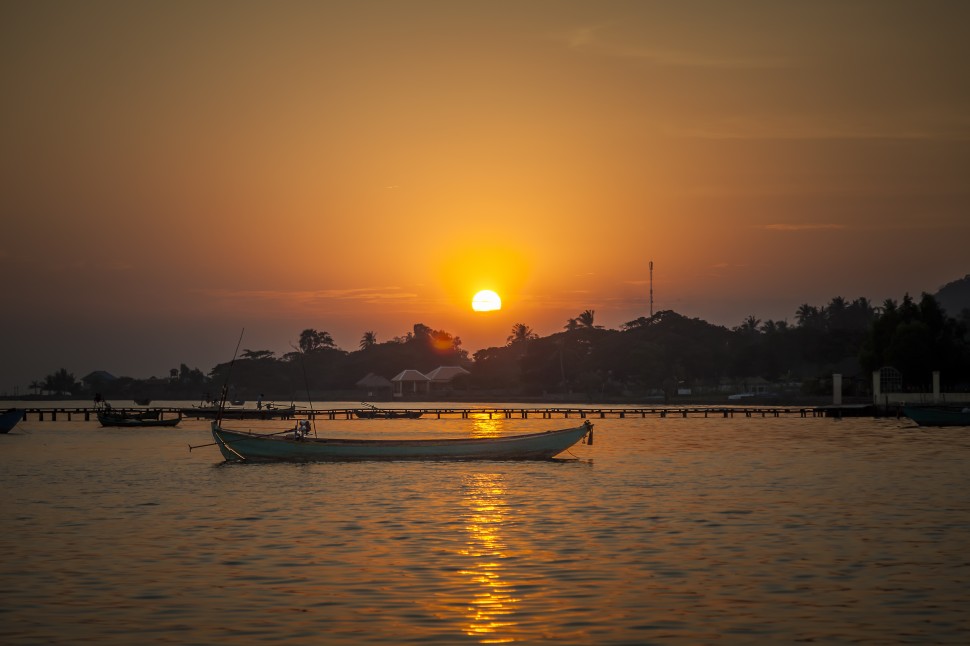
It’s easy to imagine luxury sports cars lazily cruising down sleepy Kep’s newly designed promenade. The flanking golden beach is full of the upper echelons of Khmer and colonial French society, with a flurry of men and women clad in the latest fashions basking in the sun.
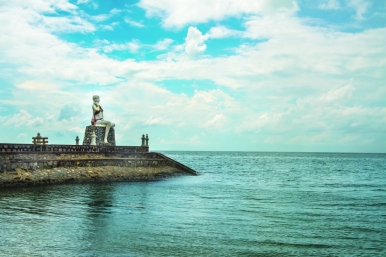
On the other side of the promenade, sprawling villas with European minimalist architecture peek out from tropical forests that hug the hills rising gently from the shore. Horses and carriages carry Cambodia’s elite along the quiet streets lined with cafés, restaurants and boutiques serving fine cuisine and upmarket wares.
This is a picture of life during quaint Kep’s heyday. Throughout Cambodia’s Golden Age of the 1950s and 1960s, this was a town reserved for the rich. Dubbed the Kep-Sur-Mer, or the Saint Tropez of South East Asia, it was labelled an exclusive getaway for those who could afford it.
The beachside town’s popularity gained traction in the 1920s, thanks to the French colonials. After Cambodia gained independence from France in 1953, the late King Father Sihanouk was adamant Kep was to remain a retreat for the rich.
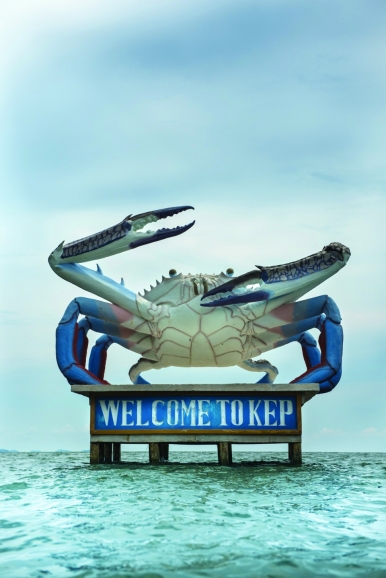
He recruited the country’s finest architects, led by revered Vann Molyvann, who studied architecture in Paris, to give the town a new, Le Corbusier-inspired design, including the construction of his own summer villa in 1964.
However, the dream life was short-lived. Located just 20 kilometres from the Vietnamese border, Kep was left vulnerable during the late 1960s, and under the Vietnam War suffered heavy U.S. bombing. By 1972, the majority of residents had fled the town, which became a Khmer Rouge stronghold under the communist regime.
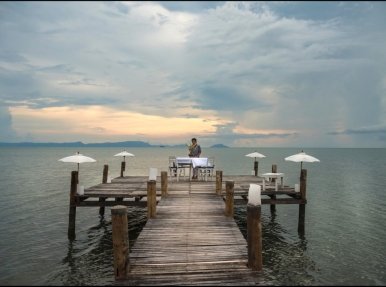
Like everything else in Cambodia, Kep was stripped of its wealth, prosperity and identity under Pol Pot’s reign of terror. It wasn’t until 2001 that peace was restored and one of the last pockets of Khmer Rouge soldiers was driven out of Kep’s jungles and mountains.
Since then, Kep has slowly rebuilt itself and today is making a comeback as the Cannes of Cambodia. Derelict mansions have been restored into chic boutique hotels and private homes; the late King Father Sihanouk’s wife, Queen Monique, has a residence in town, while a new generation of restaurants is opening. Travellers are rediscovering the tranquil beauty that in a bygone era attracted
high society.
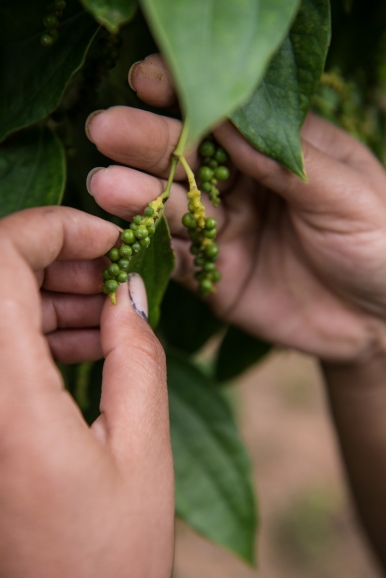
Spearheading this recent resurrection of Kep’s opulent past is Knai Bang Chatt. The exclusive resort opened in 2006 after radical renovation work to breathe new life into three unique red, grey and sky blue, modernist villas built between 1962 and 1965 by Molyvann protégés.
Boasting just 11 rooms overlooking manicured lawns, an infinity pool with views of the Gulf of Thailand and fine dining in the form of The Strand restaurant, Knai Bang Chatt harks back to the town’s heyday.
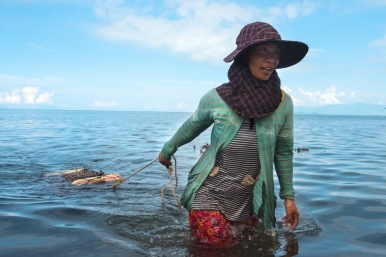
General Manager Joffrey Gris says, “There’s something very mystic about Kep; something pure surrounding its simplicity. We have been very lucky to be able to resurrect these stunning villas from ruin. They are amazing architectural feats and an important part of Cambodia’s history.”
The town’s other major beach resort sits next door in the form of Kep Sailing Club. Offering a range of water sports and sailing, as well as a volleyball court and other activities, the venue proves popular on weekends when the club comes to life with the sound of music in the evenings.
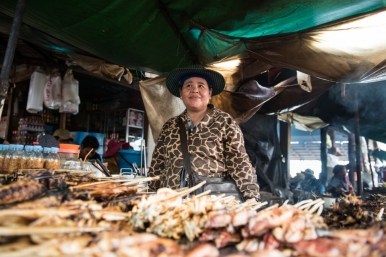
Reminiscent of a place you’d find on the French Riviera, the club is perfect for sipping cocktails while watching the sunset. And a wooden pier that delicately juts out into the sea provides the perfect spot to watch the sun slowly sink into the water while enjoying a romantic dinner for two.
While Kep’s sleepy vibe makes it easy to kick back and do nothing, the town offers an abundance of activities giving an interesting insight into the area. Kep National Park is 50 square kilometres of jungle, tropical forest and rolling hills.
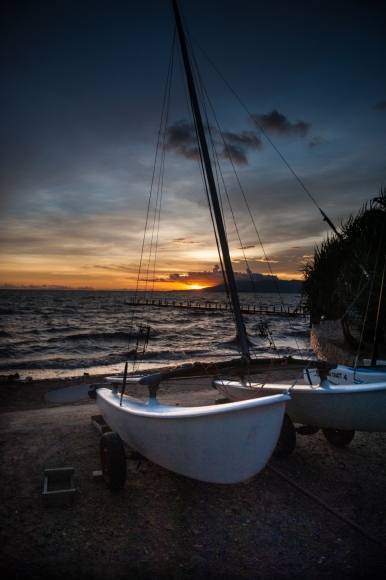
A tuk tuk or moto ride will take you to Led Zep Café, situated in a prime location on top of a hill with sweeping views of the sea across to neighbouring Vietnam and a smattering of idyllic islands. Here, visitors can also see an intriguing exhibition of old photos of life in the town during the Golden Age.
Those interested in discovering the relics of Kep’s lost era can explore the remainders of the once glorious villas. The late King Father’s residence, perched on the crest of a hill overlooking the town’s bay, is one such place. With the grounds kept by a Khmer family who live on-site, you can explore and admire the curvaceous walls and atriums, worn tiled floors, and arching ceilings for USD1.
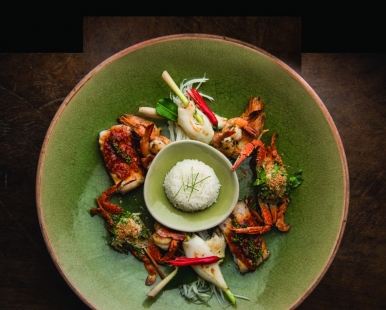
Standing at one of the many villas, sprawled with colourful graffiti by Belgian artist ROA, tour guide and Kep resident Song Sothy says, “These villas are still amazing to walk around. They show off a life that was once here and represent the high life that existed.”
Kep’s prosperity stretches further back than the Golden Age. Famous in kitchens across the world is the Geographical Indication (GI)-certified Kampot pepper, which arrived from Kerala more than 800 years ago. The region’s fertile lands make ripe pickings for pepper plants, and the countryside is filled with farms growing black, green, white and red peppercorns.
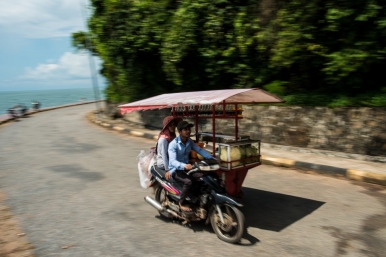
Nestled among rolling countryside about 12 kilometres out of town sits The Vine Retreat. The tranquil eco-lodge is set in sprawling grounds that are home to tropical gardens, an organic garden, salt water pool, newly built yoga school and small pepper plantation with 500 plants.
Manager and pepper expert Theary Sot says, “Kampot pepper is one of the highest qualities in the world. It rose to notoriety when the French were here. They would use it in famous restaurants in Paris and its flavour soon spread across Europe.”
It’s the pepper’s unique spicy kick that has helped push Kep’s signature dish of crab and Kampot pepper to fame. A short stroll from the beach, which two years saw tonnes of white sand delivered to create a pristine 25-metre-wide stretch of sand, sits the Crab Market.
Here, women wade into shallow waters to bring in the crab baskets that bob in the water. On shore, crustaceans are flung onto scales before being passed onto the myriad of stalls selling fresh crab and prawns alongside barbecued squid and fresh fish.
Next to the market sits a row of restaurants serving a mouth-watering selection of fresh seafood. La Baraka has proved popular since opening almost five years ago. Owner Cedric Ignatio says, “The town has developed at a fast pace since I moved here but remains a nice place for people to come and relax. Kep is truly beautiful. It is very relaxed, has amazing food, views and history, and the people are always smiling.”
And of course, that’s the other reason visitors keep returning to the town: the famous Cambodian smile. “It really is the people here who give Kep its real charm,” Gris adds, pointing to one of the resort’s employees who is undoubtedly wearing the most welcoming of grins.
